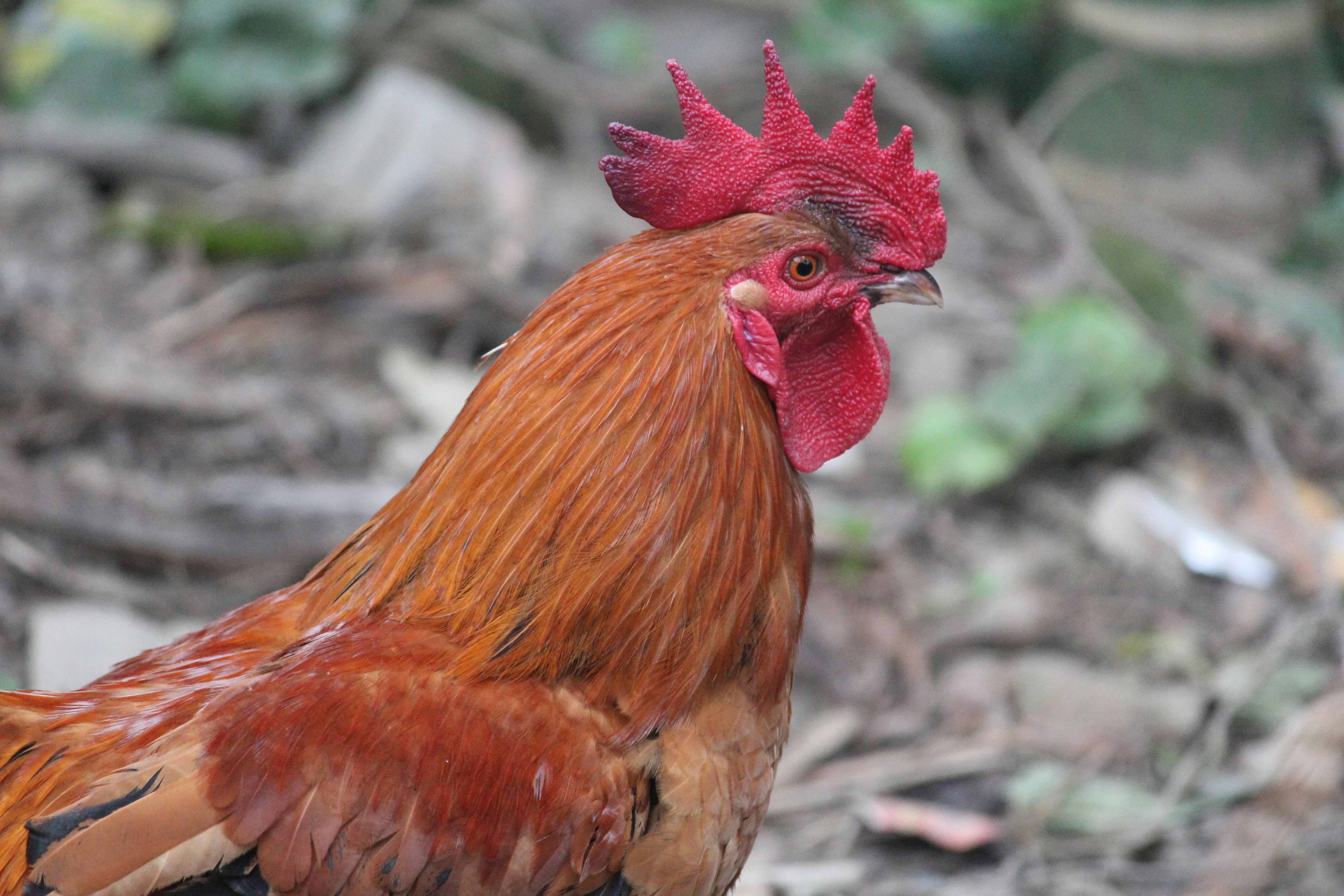
Practical Ways to Wash Your Comforter in 2025 for a Fresh, Cozy Home
Your comforter is a centerpiece of your bedding, embodying both style and comfort. However, maintaining its freshness and cleanliness through effective washing techniques is crucial for its longevity and your health. In this guide, we’ll cover expert tips and practical solutions on how to wash comforter effectively in 2025, ensuring you achieve a fresh, cozy home.
The Essentials of Comforter Care
Understanding the basics of comforter care lays the foundation for effective maintenance. Different fabrics and fillings require specific washing comforter approaches, so familiarizing yourself with your comforter's material and care instructions is the first step. For example, down comforters typically require gentler washing conditions, while synthetic ones might be more resilient. Always check the comforter washing instructions on the label before proceeding.
Understanding Fabric Types
Different comforter fabrics - ranging from cotton to polyester, or even down - demand varied care methods. Cotton comforters, known for their breathability, can generally withstand washing in hot water, while more delicate materials such as silk require a gentle cycle. For down comforters, it's vital to use detergent for bedding that's specially formulated to preserve feathers. Knowing your comforter’s fabric characteristics enables proper fabric care for comforters, ensuring effective cleaning without damaging the material.
Detergents and Additives
The right soap for comforter can transform your laundry experience. Select hypoallergenic, eco-friendly detergents that cut through grime without harsh chemicals. If you’re tackling persistent stains, consider using a stain remover that’s safe for fabrics plus adding vinegar for a refreshing scent while also deodorizing. Avoid fabric softeners that can leave residues, affecting the fluffiness of your comforter. Proper choice of cleaning agents plays a significant role in maintaining comforter quality.
Washing Your Comforter: Step-by-Step
Washing a comforter may seem daunting, but with clear steps, it becomes manageable. Here’s a detailed guide to wash comforter at home effectively, keeping your bedding fresh and clean.
Machine Washing Tips
For most machine washable comforters, it's best to use a washing machine that can handle the bulk. Choose a low spin cycle with cold water settings. This not only minimizes the risk of shrinkage but also ensures an even clean. If possible, wash your comforter separately to avoid creating excess weight. Utilizing towels can help balance the load while preserving the shape of the comforter washing cycle.
Hand Washing Techniques
If you consider yourself handy, hand washing can be a gentler alternative, especially for delicate fabrics. Fill a large tub with lukewarm water and add suitable detergent. Submerge the comforter and gently knead it, ensuring you don’t wring or twist, as this can change its shape. Rinse thoroughly and repeat until water runs clear. This method is particularly valuable for those wondering how to clean down comforter without damaging its fluffiness.
Drying Your Comforter Effectively
Once washed, your comforter needs careful drying to maintain its texture and functionality. Improper drying can lead to clumping or odor, which can diminish the item’s comfort. Here’s how to navigate the drying process correctly.
Drying Options: Machine vs. Air Drying
The best drying option often depends on the material of your comforter. A tumble dryer on a low heat setting with added dryer balls can keep the comforter's filling evenly distributed while also fluffing it up post-wash. Alternatively, air drying is a gentle and eco-friendly method, but requires more time and space. For an effective comforter drying tips, ensure your comforter is pulled taut and spread evenly. Whichever method you choose, make sure the comforter is completely dry to eliminate mildew.
Common Mistakes to Avoid
When it comes to washing and drying comforters, there are several pitfalls to avoid. Key mistakes include failing to secure the washing cycle settings correctly, drying at high heat, and neglecting to add balance when machine washing. Additionally, using non-breathable fabrics for air drying can cause moisture retention leading to unwanted odors. Observe common washing mistakes to ensure your comforter remains in top shape.
Maintaining Your Comforter Post-Wash
After washing, regular maintenance of your comforter will extend its lifespan and maintain hygiene. This includes proper storage, scheduling wash days, and handling stains promptly. Here are some essential tips.
Storage Solutions for Comforters
When the seasons change, ensuring your comforters are stored correctly is crucial. Fold them neatly and use breathable bags rather than plastic ones to prevent moisture accumulation, which can lead to mildew. With the right comforter storage after washing, you can keep them fresh and ready for use.
About Comforter Maintenance Frequency
How often should you wash your comforter? Experts generally recommend cleaning your comforter every 3-6 months, but adjusting for perspiration levels and local weather can redefine this. Regular washing helps reduce allergens and keeps your sleeping environment healthy. Implementing a washing schedule will not only maintain cleanliness but also enhance your overall sleep experience. Understanding how often to wash comforter is vital for prolonging its freshness.
Key Takeaways
- Always check the comforter washing instructions before cleaning.
- Utilize appropriate detergent for bedding that cleans efficiently without damaging fabric.
- Avoid high heat settings when drying to maintain fluffiness.
- Employ proper storage techniques to keep the comforter in excellent condition.
- Establish a regular cleaning schedule that fits your comforter’s needs and your environment.
FAQ
1. What is the best way to wash comforters without shrinkage?
To prevent shrinkage when washing comforter, use cold water and a gentle cycle while opting for machine washable comforters. It’s essential to avoid high heat during both washing and drying. Utilizing specialized **detergent for bedding** can further mitigate risks, maintaining both the shape and feel of your comforter.
2. Can I wash a comforter with other items?
While it is possible to wash a comforter with other items, it's advised to balance the load appropriately to avoid damaging the comforter. Consider washing comforter with fleece or similar lightweight materials to ensure a tide flow without excessive weight leading to less effective washing.
3. How do I remove stubborn comforter stains?
To tackle tough comforter stains, immediately treat the area with a safe stain remover before washing. It's also effective to make a paste using baking soda and water, gently applying it to the affected spot. Always perform a spot test before any treatment to ensure compatibility with the fabric.
4. What if my comforter isn’t machine washable?
If your comforter isn’t machine washable, it’s best to opt for professional cleaning services or carefully hand wash it following the gentle guidelines discussed earlier. Consider locations like laundromats with larger machines or seek local comforter cleaning services that cater to delicate items.
5. What's the ideal water temperature for washing comforters?
Generally, warm water is best for washing most comforters as it effectively removes dirt while preserving the integrity of the fabric. However, it's critical to adjust based on the fabric care label instructions, particularly for sensitive materials that may require cooler temperatures. For washing instructions for heavy comforter, always consult the label.

